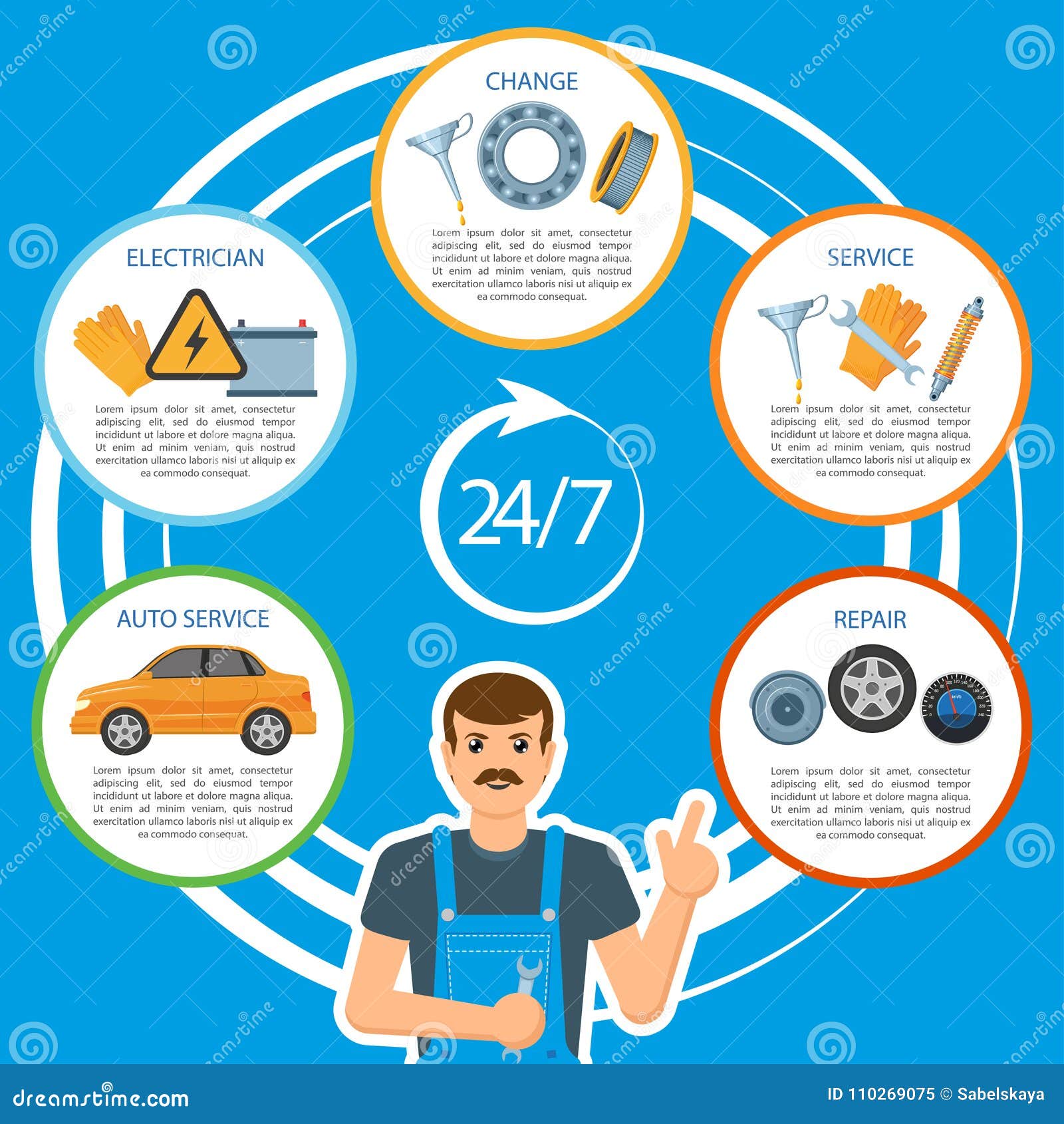Analyzing The True Significance Of Warning Lights In Your Vehicle
Analyzing The True Significance Of Warning Lights In Your Vehicle
Blog Article
Web Content Produce By-Kessler Conradsen
When you're behind the wheel, those beautiful caution lights on your dashboard can be a little bit difficult. Do you recognize what they're trying to inform you concerning your car's health? Comprehending the value of these lights is important for your safety and the longevity of your automobile. So, the next time one of those lights appears, would not you want to analyze its message precisely and take the required actions to resolve it?
Common Warning Lighting and Interpretations
Recognize typical caution lights in your vehicle and comprehend their significances to guarantee secure driving.
The most normal caution lights include the check engine light, which indicates concerns with the engine or emissions system. If this light begins, it's important to have your car checked immediately.
The oil pressure cautioning light suggests reduced oil pressure, needing instant focus to stop engine damage.
A blinking battery light may recommend a faulty billing system, potentially leaving you stranded otherwise attended to.
The tire pressure surveillance system (TPMS) light notifies you to low tire pressure, impacting automobile stability and fuel performance. Disregarding dot air brake repair certification could lead to dangerous driving problems.
The ABS light indicates a problem with the anti-lock stopping system, jeopardizing your capability to stop quickly in emergencies.
Finally, the coolant temperature cautioning light warns of engine getting too hot, which can lead to serious damages if not resolved promptly.
Understanding these common warning lights will assist you address concerns quickly and keep secure driving conditions.
Value of Prompt Interest
Comprehending the typical caution lights in your automobile is only the first step; the significance of quickly dealing with these cautions can not be highlighted sufficient to guarantee your security when driving.
When a caution light brightens on your dashboard, it's your car's way of interacting a possible problem that needs focus. Disregarding mechanic near me can bring about much more extreme issues later on, compromising your safety and possibly costing you extra in repairs.
Prompt attention to advising lights can avoid failures and accidents. For instance, a blinking check engine light can indicate a misfire that, if left ignored, can create damage to the catalytic converter. Resolving this without delay can save you from an expensive fixing.
In a similar way, a brake system warning light could signify low brake fluid or used brake pads, essential parts for your safety and security when driving.
DIY Troubleshooting Tips
If you notice a caution light on your control panel, there are a few do it yourself repairing suggestions you can attempt prior to seeking professional help.
The initial step is to consult your cars and truck's guidebook to comprehend what the details caution light suggests. Occasionally the issue can be as simple as a loosened gas cap causing the check engine light. Tightening the gas cap might deal with the problem.
One more typical issue is a low battery, which can cause numerous advising lights. Inspecting the battery connections for deterioration and ensuring they're secure could take care of the problem.
If a warning light continues, you can attempt resetting it by disconnecting the car's battery for a few minutes and then reconnecting it. Furthermore, checking your car's liquid levels, such as oil, coolant, and brake fluid, can assist troubleshoot warning lights associated with these systems.
Final thought
In conclusion, understanding your automobile's warning lights is vital for maintaining your lorry running smoothly and securely. By promptly resolving these alerts and recognizing what they suggest, you can prevent expensive repairs and possible failures.
Remember to consult your automobile's guidebook for particular details on each alerting light and take action accordingly to guarantee a hassle-free driving experience.
Keep notified, remain risk-free when driving!
